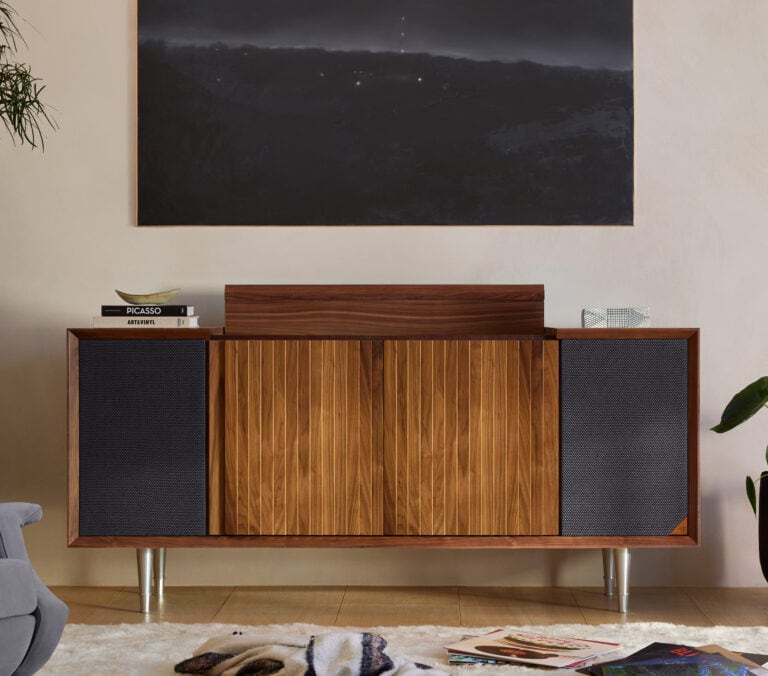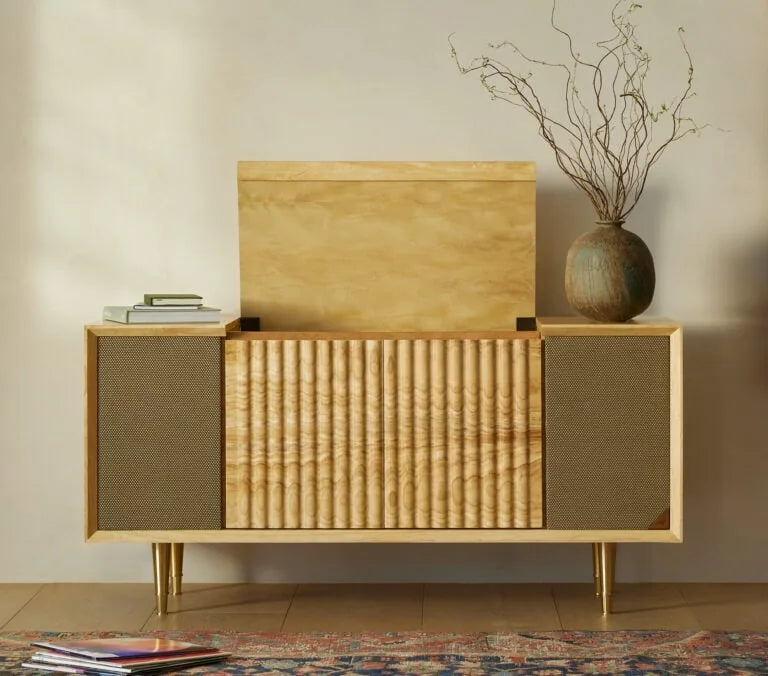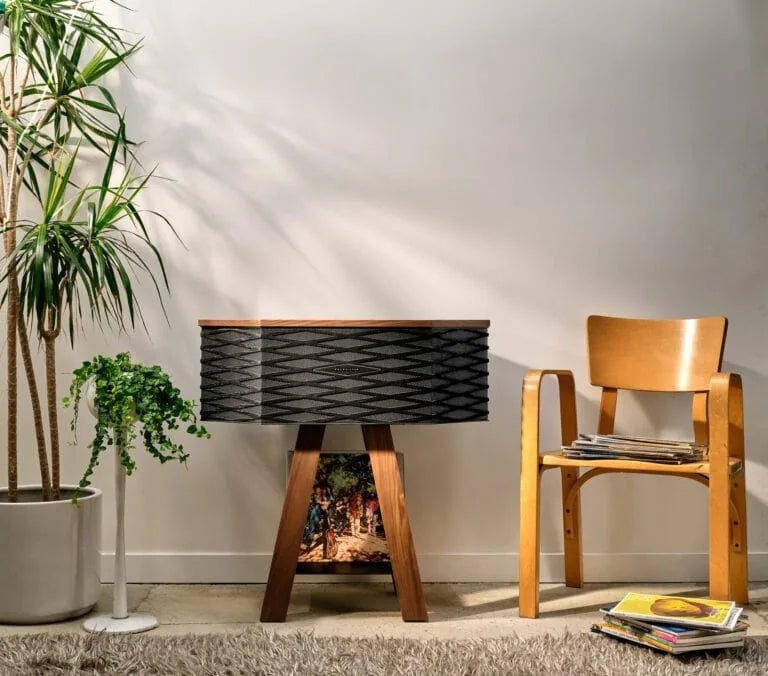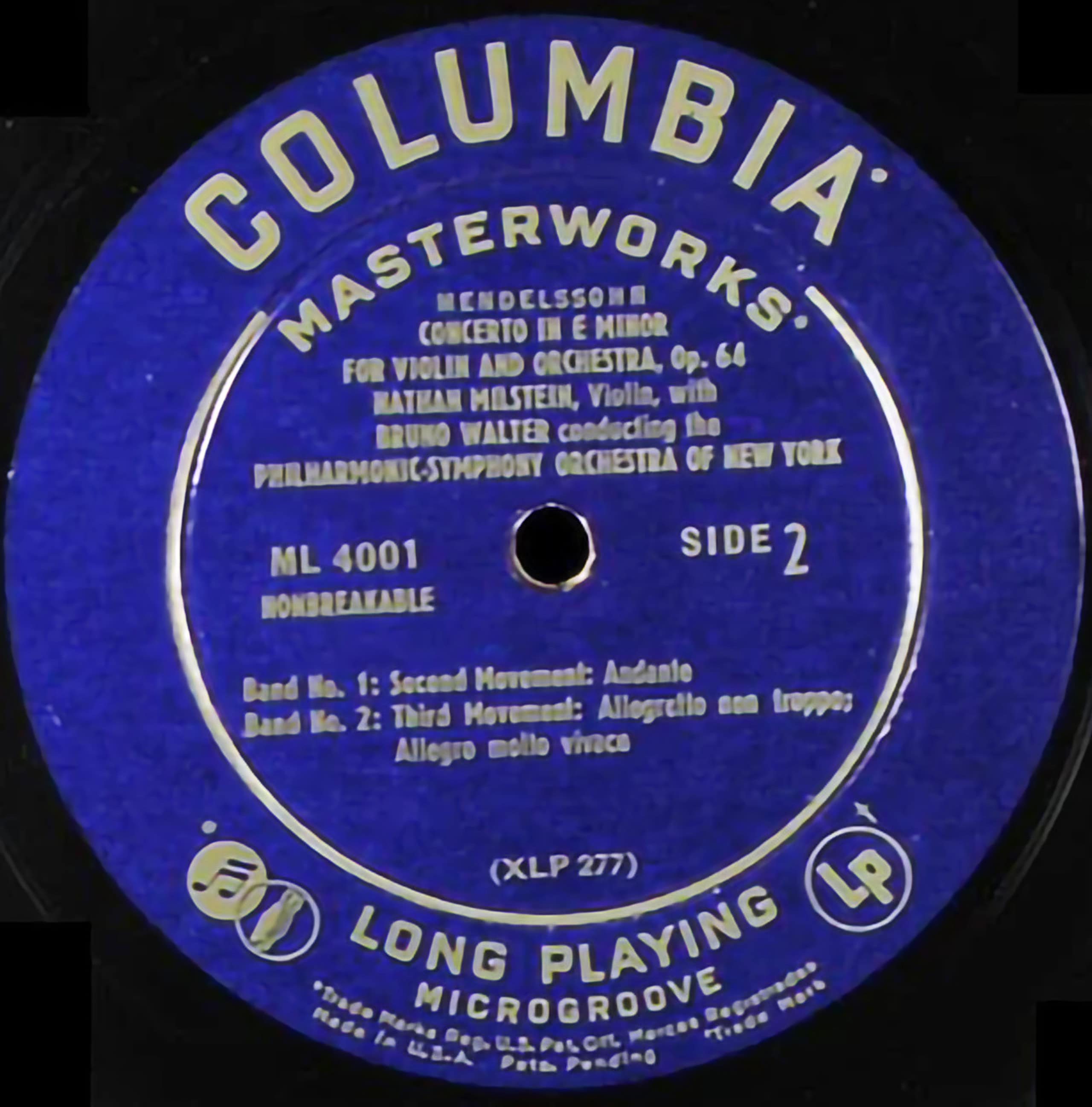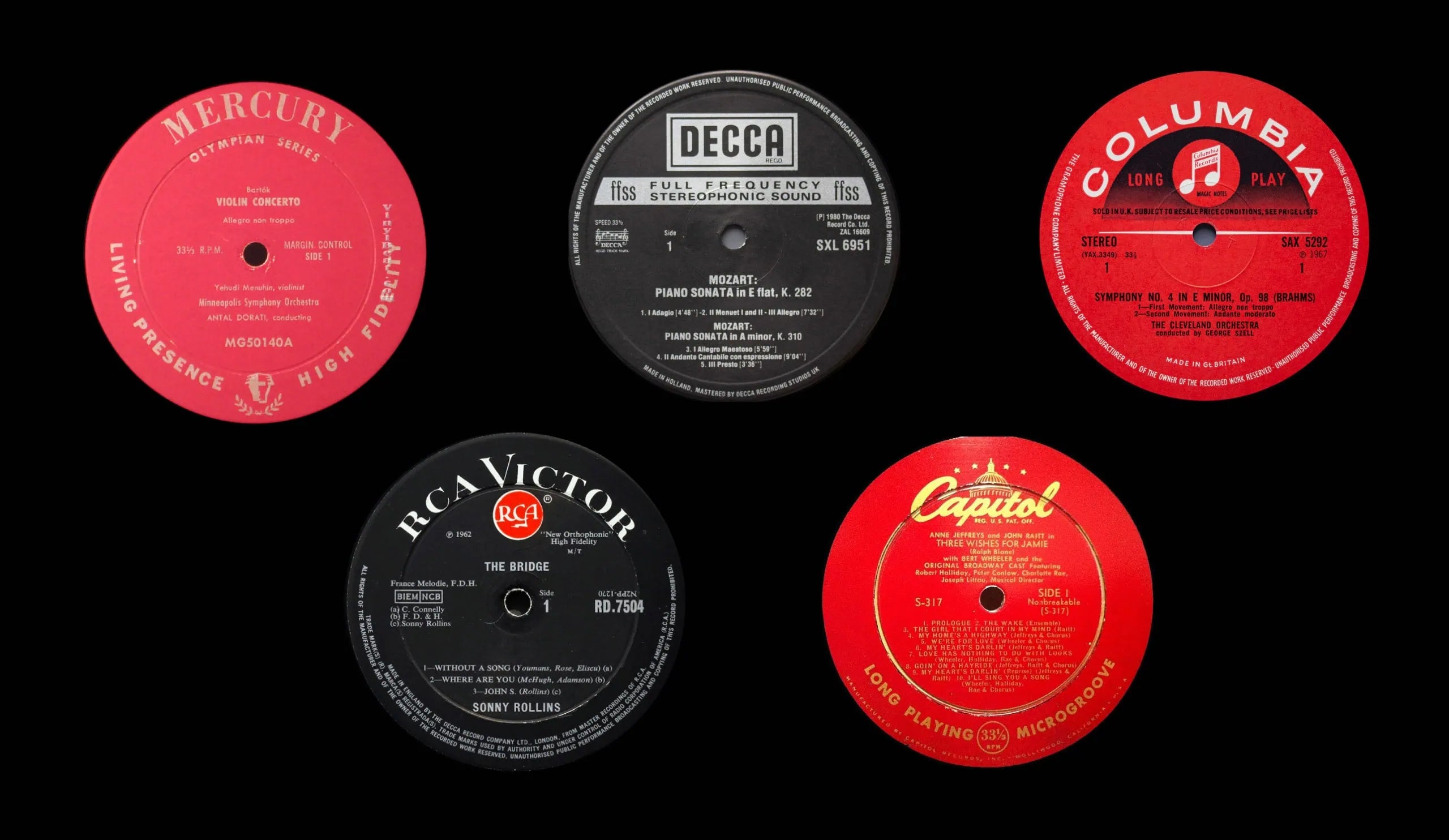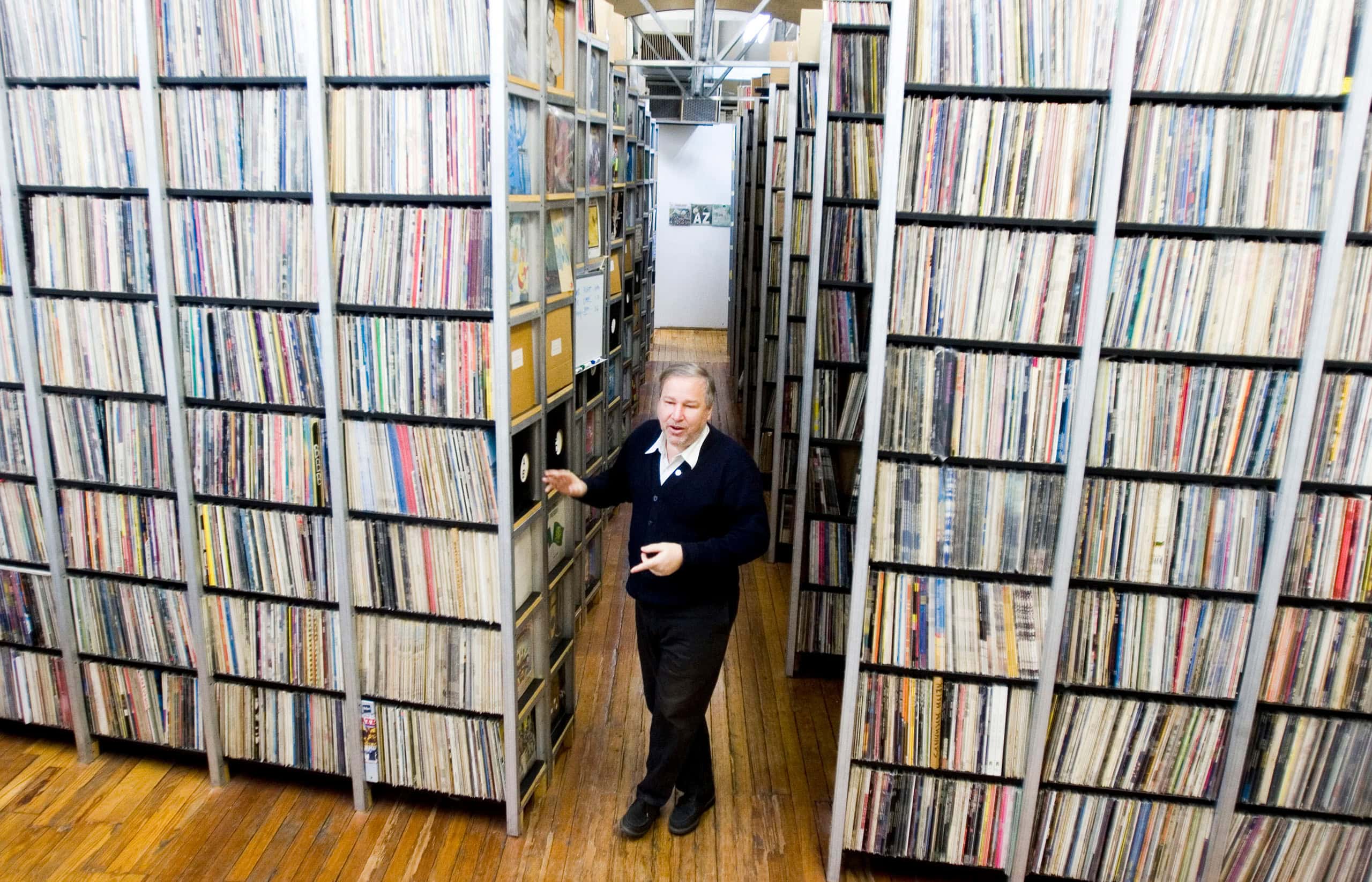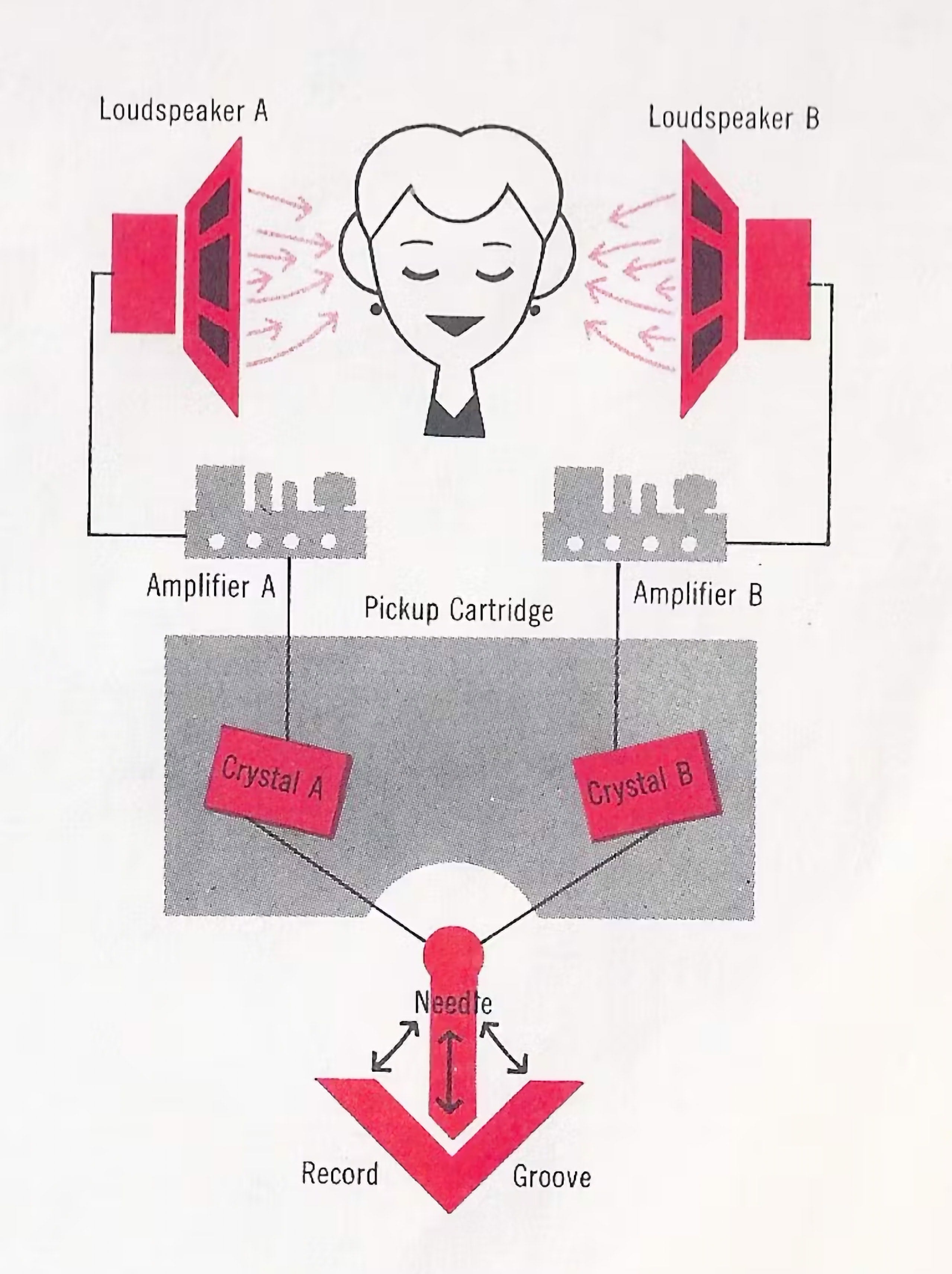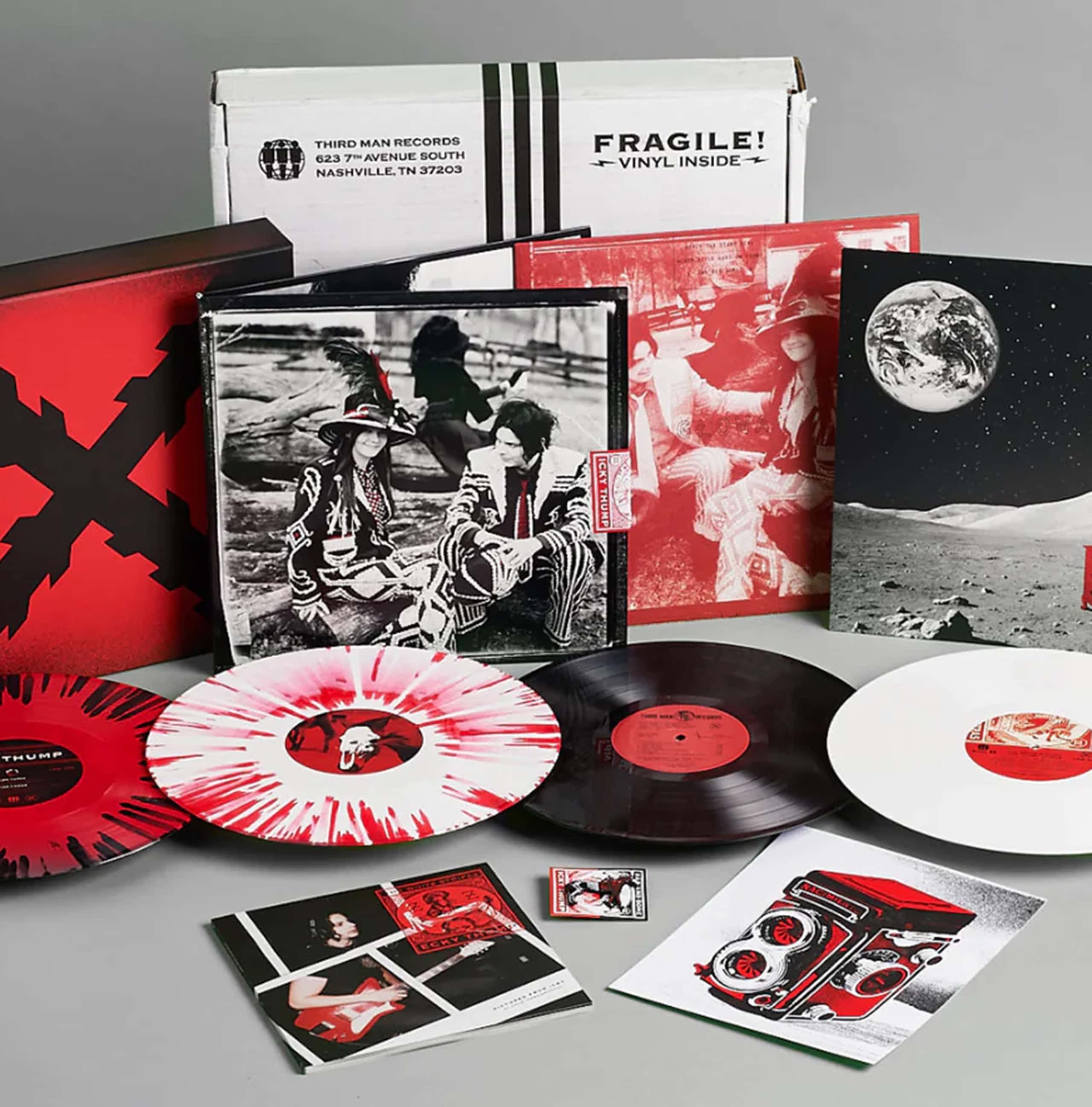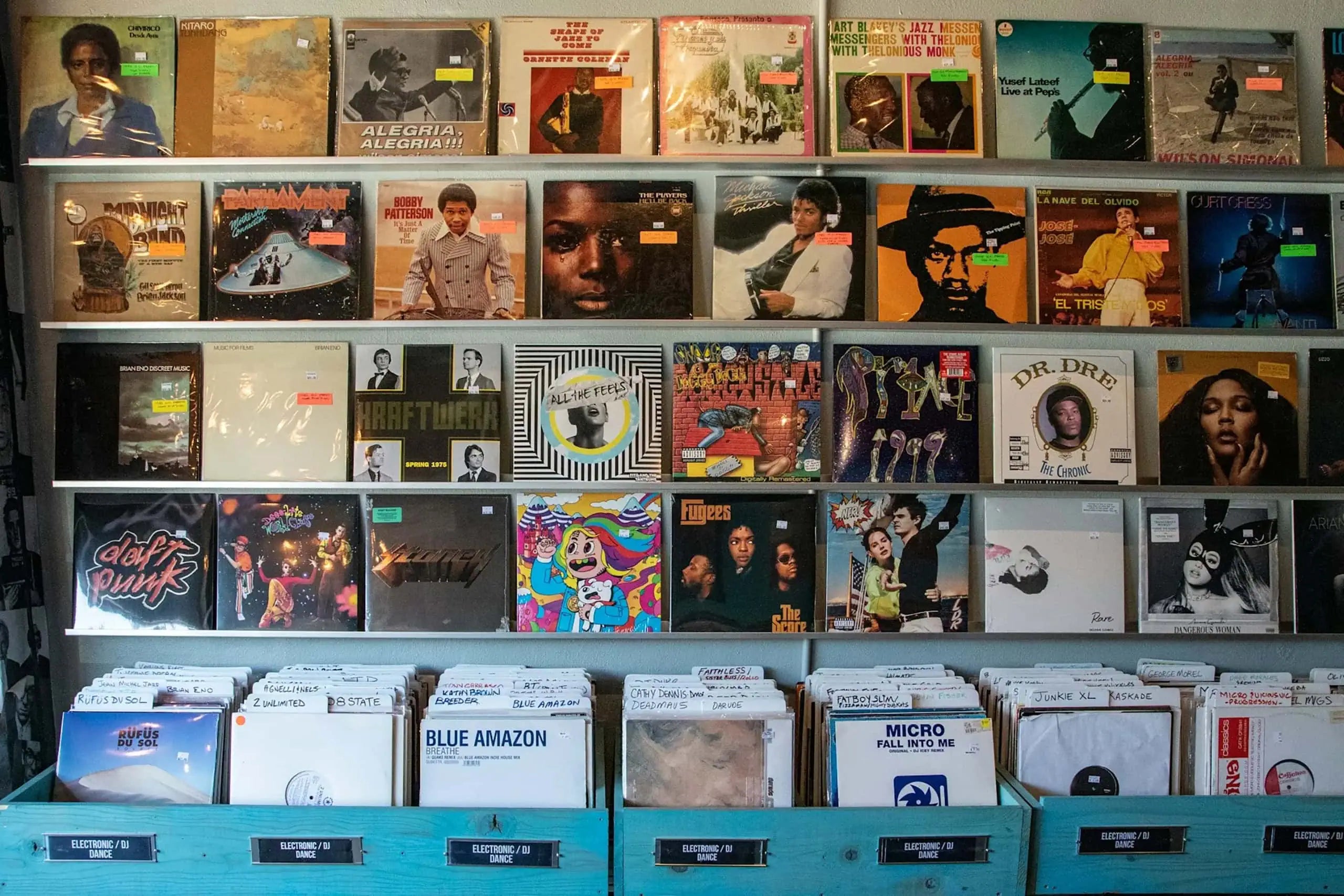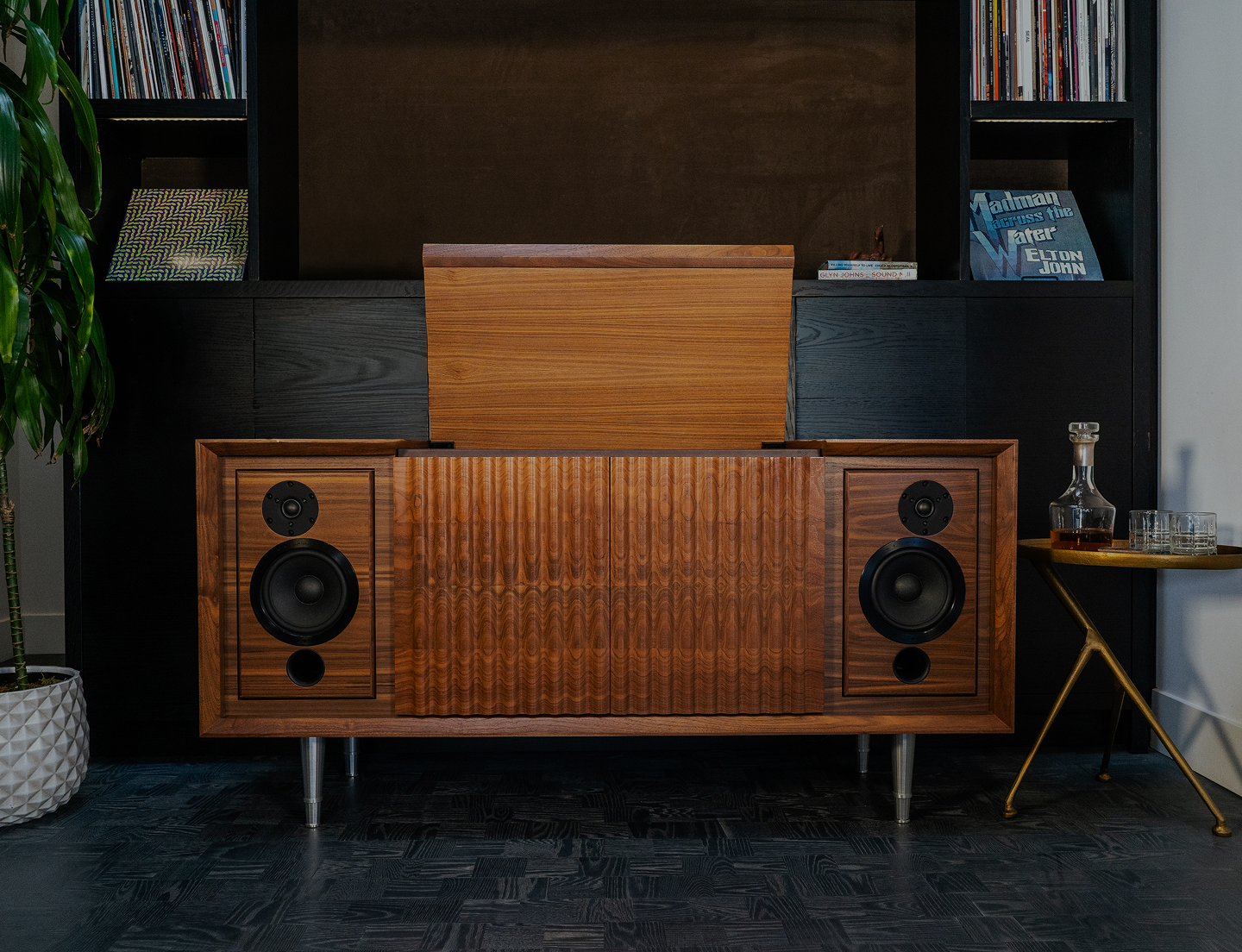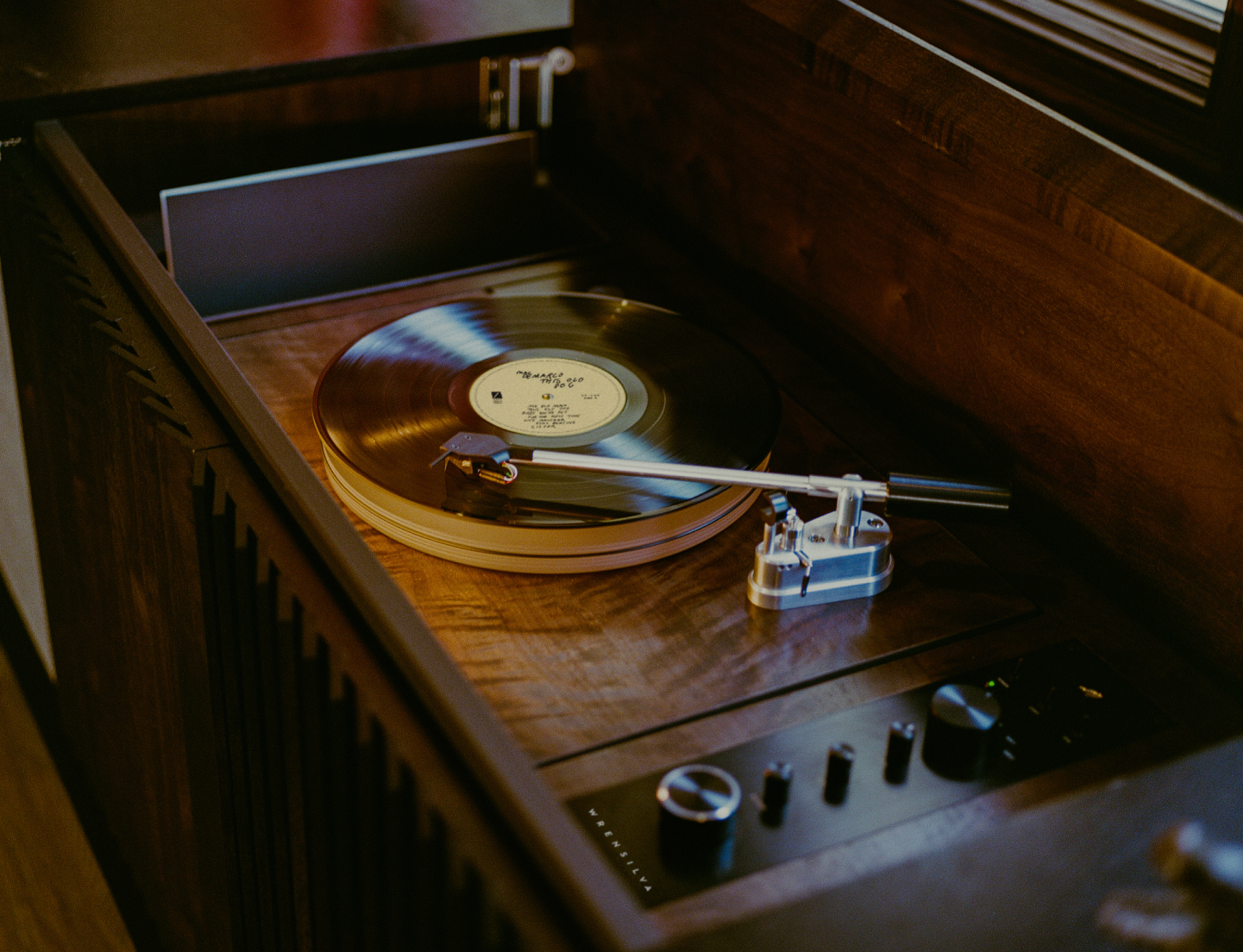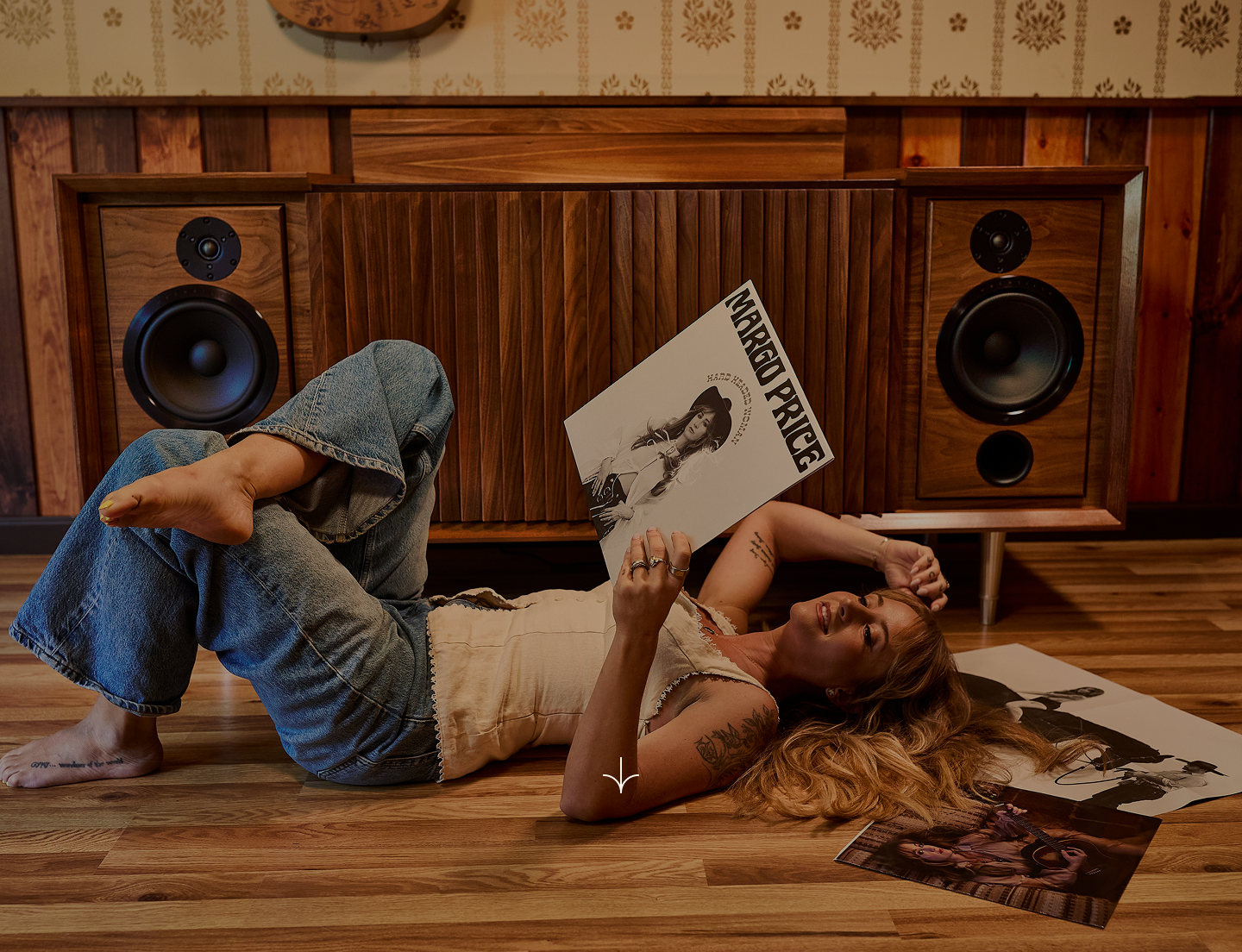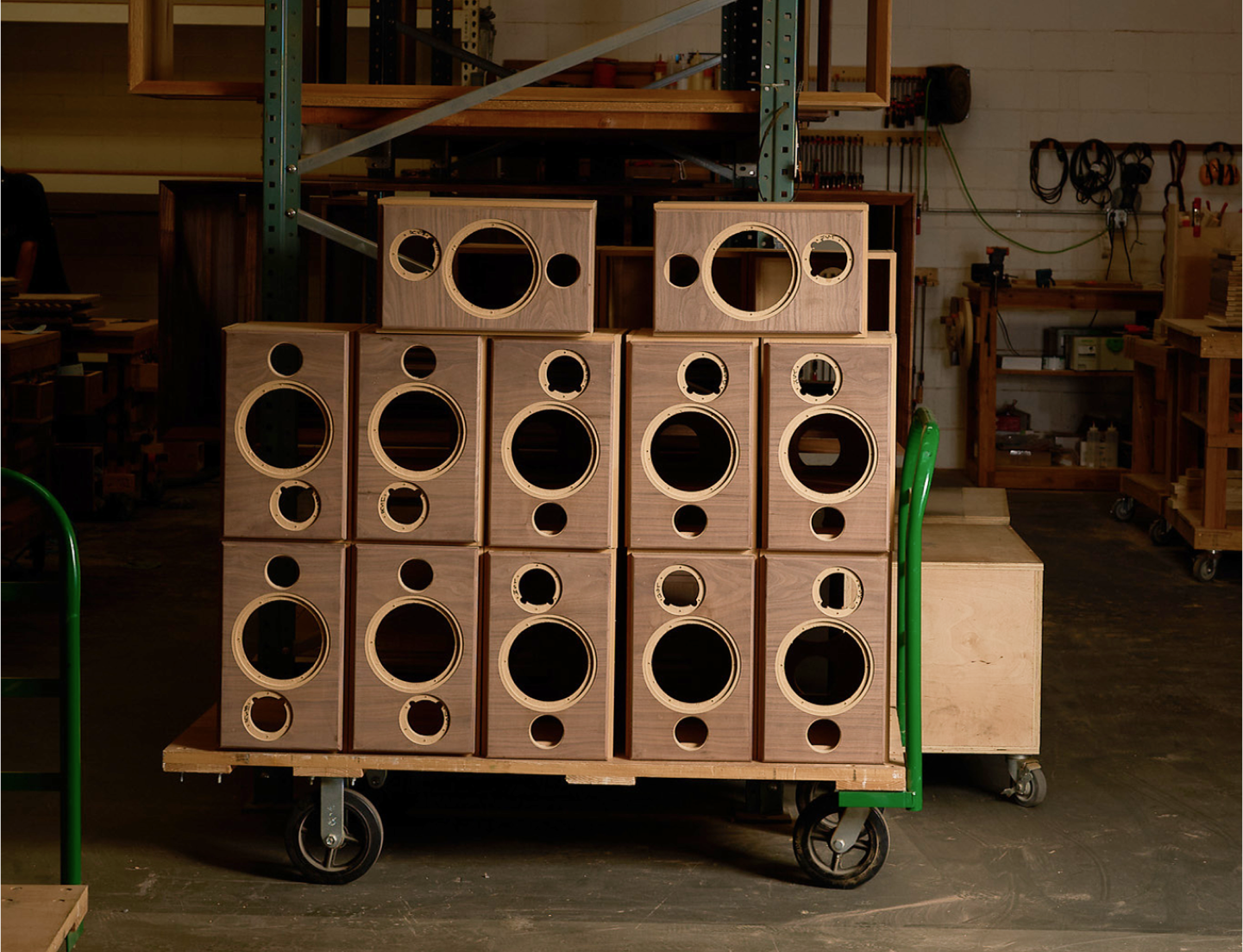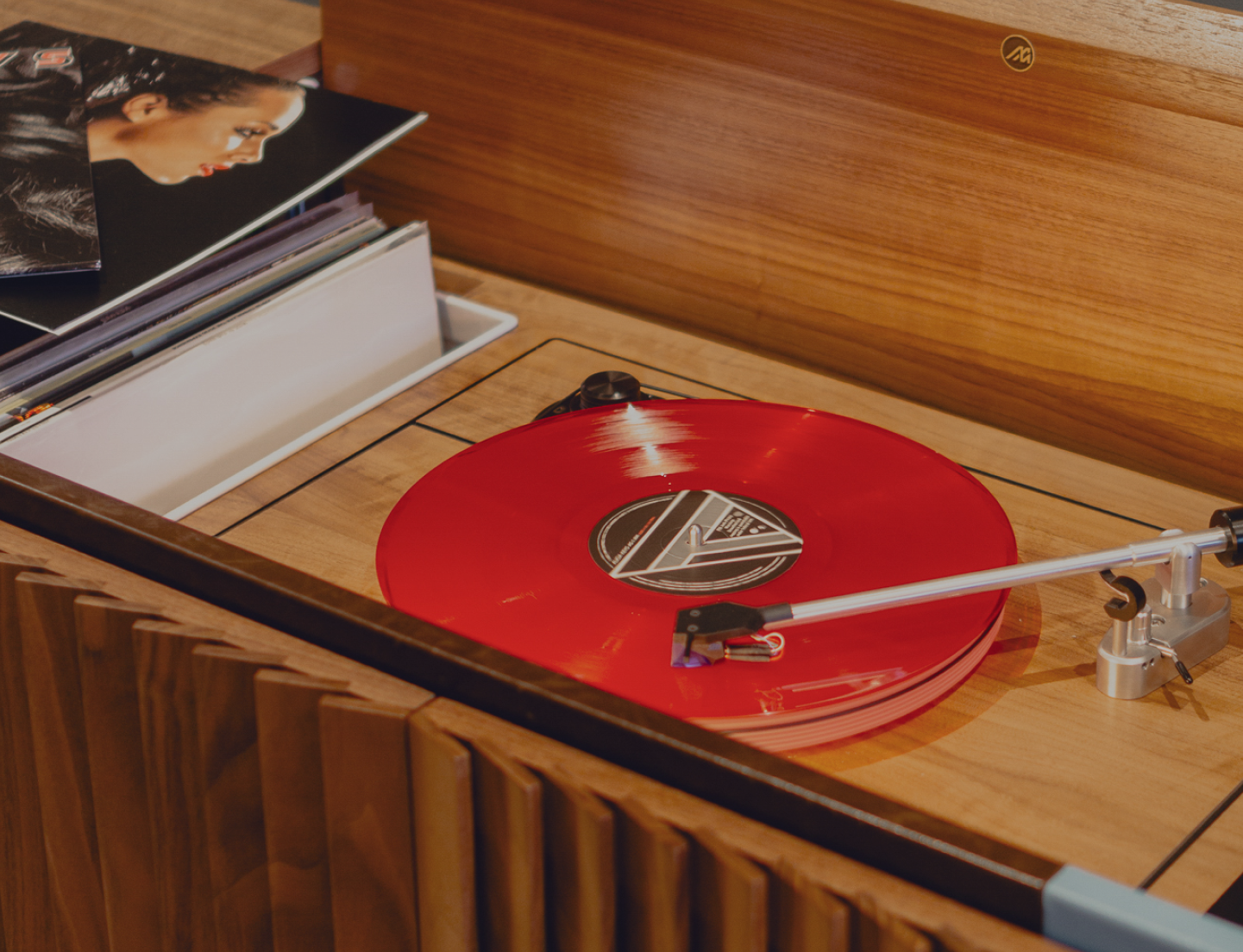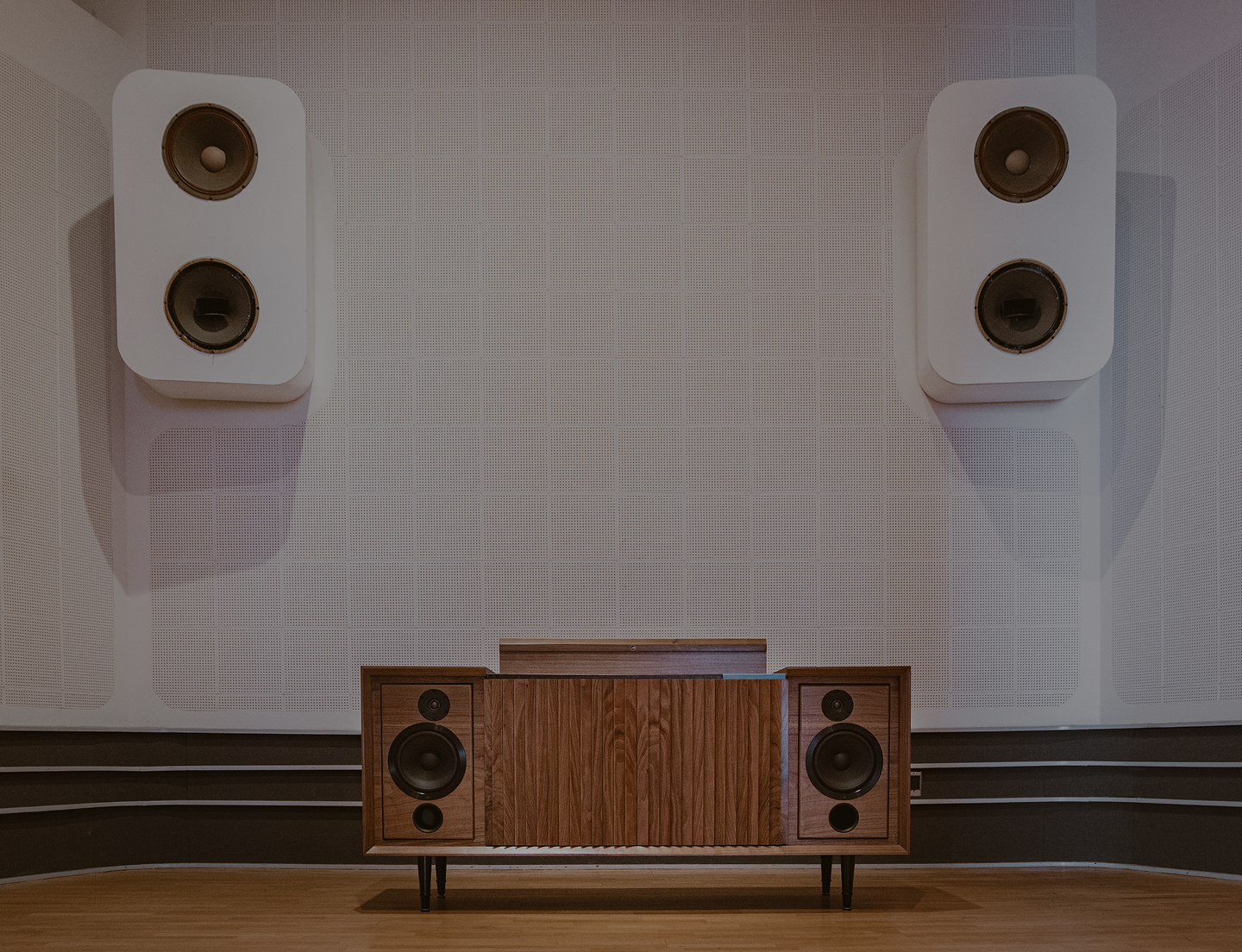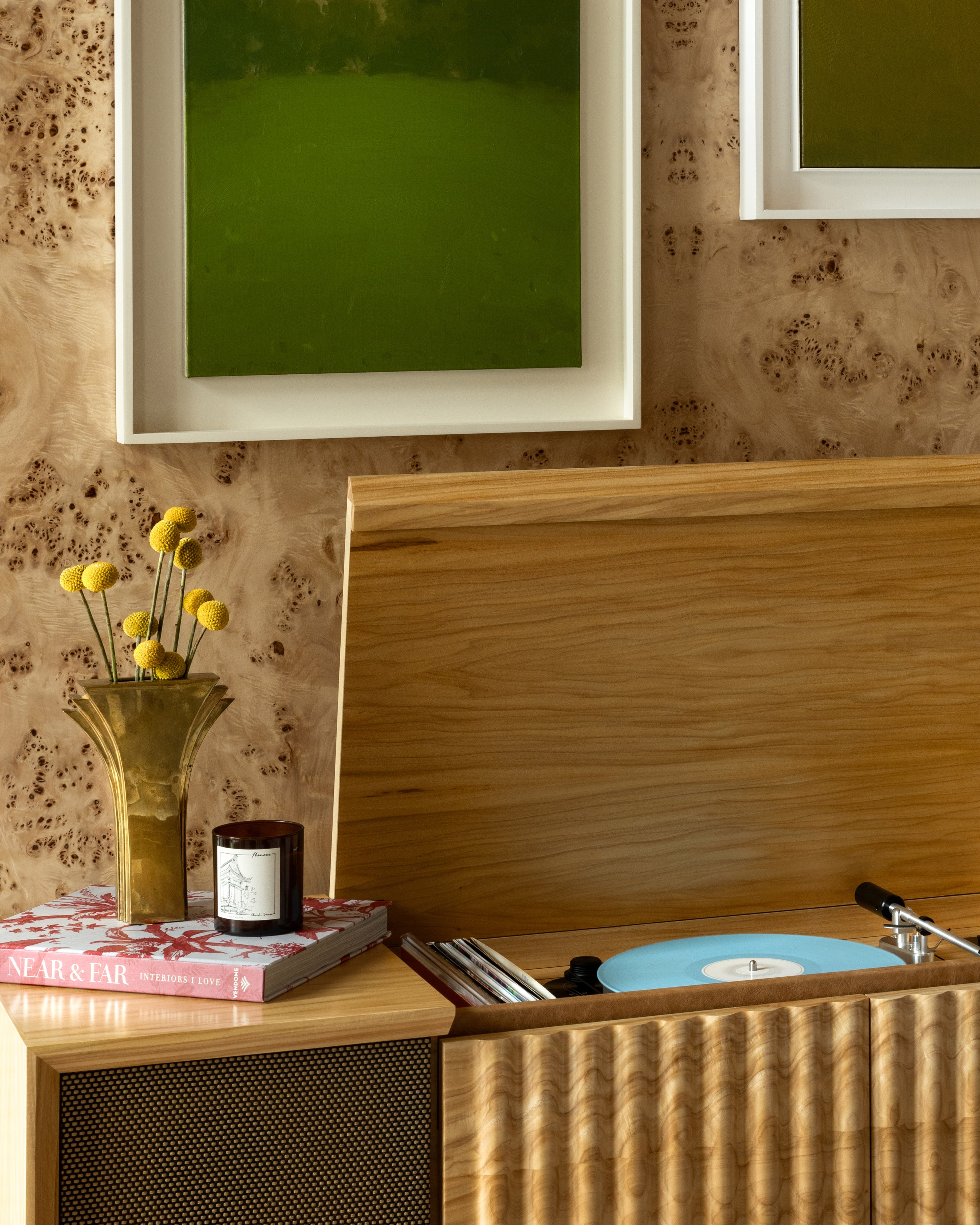Vinyl records brought music listening to living rooms in a revolutionary way. The mass market availability and multi-track format, coupled with the evolution of home audio equipment allowed music listening to become even more individual and personal.
The first flat disc acoustic recording was developed by Emile Berliner in 1901 on a 10-inch, shellac record that spun at 78 revolutions per minute. By 1910 this was the standard and it remained the go-to for nearly 50 years. Although a great fit for recording, shellac is easily breakable and at 78rpm, these records could barely fit a three-minute song on each side. With the introduction of vinyl (plastic) in the early 1940s, and the evolution of electric recording, Columbia Records (the first actual record label as they are known today) was able to produce the very first 12-inch, 33 ⅓ rpm vinyl “LP” (long play) record in 1948. These new records could hold multiple songs – 20 minutes each side – and became the favored format, leaving 78s behind. Jukeboxes and radio stations at the time still preferred the one-song format, so a new option emerged with the 7-inch 45rpm, produced by RCA Victrola in 1949. The vinyl format reigned supreme for decades, hitting 341.3 million annual sales in 1978, according to Recording Industry Association of America (RIAA) data.
